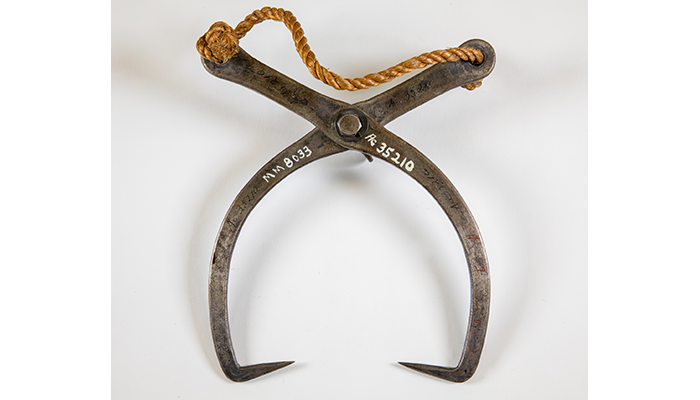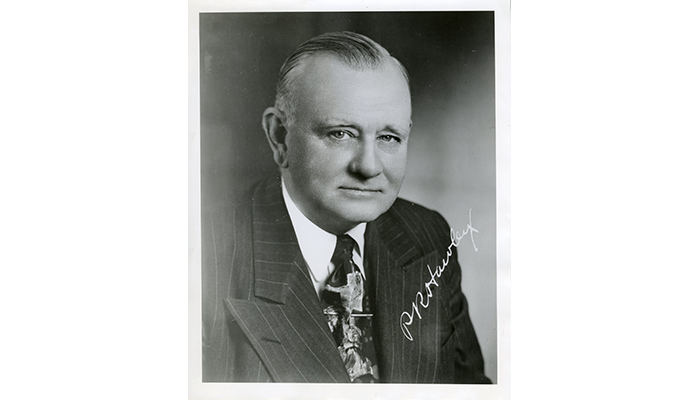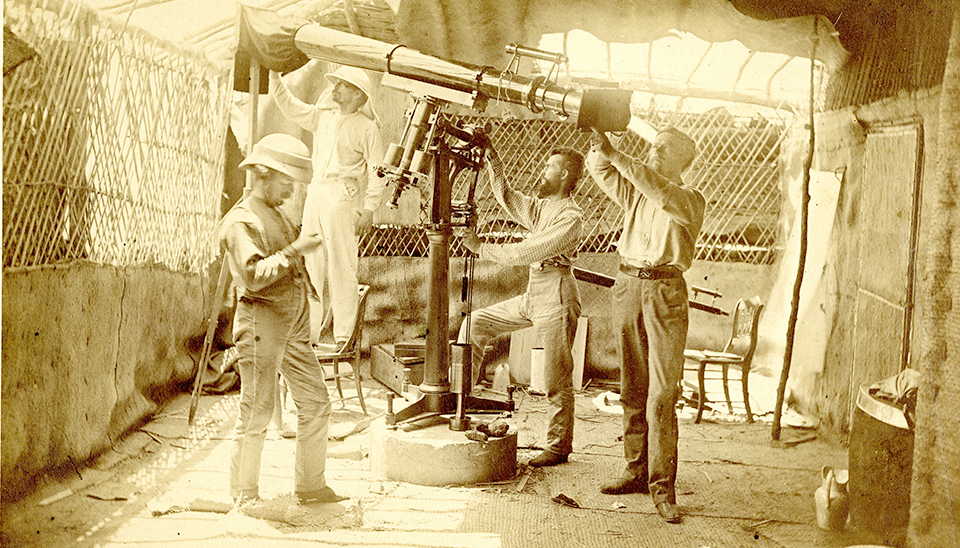On March 31, 1931, Maj. Paul R. Hawley, U.S. Army Medical Corps (1891-1965) was on a special train from Granada to Managua, Nicaragua. Prior, he was in charge of the medical section of the U.S. Army Engineer Battalion in Nicaragua (Provisional) mandated by Congress to conduct a survey for a proposed Transocean canal, a companion for the recently completed Panama Canal. As the battalion had mostly completed its work, Hawley moved his medical section to Granada, Nicaragua in anticipation of returning to the United States. But after receiving a cable from Washington D.C., his task suddenly changed. Within hours, his commander Lt. Col. Daniel Sultan (1885-1947) organized a relief train back to Managua after an earthquake leveled the city.

Ruins of the Hotel Lupone y el banco South America in Managua after the earthquake of March 31, 1931. (Foto Archivo Municipal (Nicaragua)
Upon arrival, Hawley was overwhelmed with what he faced in Managua; a disaster on the scale of which he'd never seen. All the hospitals in the city collapsed, and any medical equipment needed to be recovered from the ruins.
Hawley joined two naval surgeons, serving as medical officers with the nascent Guardia Nacional, Nicaraguan physicians, missionary doctors, and enlisted Corpsmen to establish a dressing station and a hospital in four tents erected at the Guardia Nacional compound. Within days, they were joined by additional medical personnel from Red Cross chapters from neighboring nations along with naval surgeons who were flown in from aircraft carriers conducting maneuvers in the Caribbean.
Minor wounds to extremity fractures to crushed limbs soon overwhelmed the makeshift hospital. Given the austere conditions, surgeons concluded it would be best to evacuate some of them out of the city. Hawley organized the transport of 90 patients to a hospital established by members of the Panamanian Red Cross in Granada. An additional 50 patients were sent to other towns.
In Granada, Hawley performed 30 surgical procedures on patients who sustained either simple or compound fractures. This soon exhausted the supply of "Thomas" splints on hand, a tool necessary to help immobilize the limbs. Hawley, then improvised.

A clamp envisioned by Maj. Paul Hawley that provides tension for patients recovering from a limb fracture to ensure that the limbs healed straight. [M-129.00093]
Hawley devised a clamp that attached to the patient's boot to ensure tension on the limb for those requiring traction. A Nicaraguan blacksmith made these clamps in bar iron, even hand making the wing nut used to lock the jaws shut. Hawley noted, "In all, six of these instruments were in use --- one patient having one pair on each leg. This particular pair was removed on the 26th day without any evidence of infection." Hawley's quick-thought invention helped continue treatment to those injured by the collapsed buildings.
Hawley served as a surgeon during World War I. He joined the Army Medical Corps on January 26, 1917 and deployed to France as the regimental surgeon for the 334th Infantry. During World War II (1939-1945), Hawley served as the Chief Surgeon of the U.S. Army European Theater of Operations and the Medical Director of the Veteran's Administration after the war.
Resources
Brodehead M, "'A Wet, Nasty Job': Army Engineers and the Nicaragua Canal Survey of 1929-1931." Federal History 5(2013): 15-34.
Cameron S., "Medical Service in Nicaragua," Mil Surg 70(1932): 38-56.
Hale G. and Boone H., "Relief Work Managua Earthquake" US Nav Med Bull XXX:1 (January 1932): 1-8.
Mayer L., The Orthopedic Treatment of Gunshot Injuries (Philadelphia: W.B. Saunders Co., 1918).
Smith J. et al., A Review of the Organization and Operations of the Guardia Nacional de Nicaragua, (Quantico: Marine Corps Schools, 1937).
The Orthopedic Council, Medical War Manual No. 4, Military Orthopaedic Surgery (Philadelphia: Lea and Febiger, 1918).
Relevant Links:





